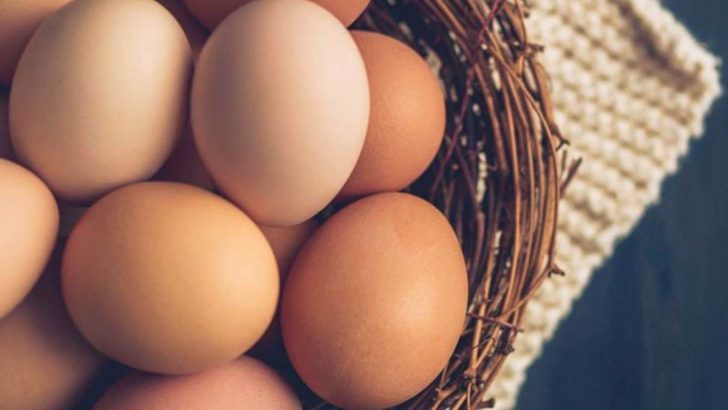Vitamin C helps keep your immune system strong and supports skin and bone health. But not all fruits, veggies, or pantry staples are good sources of it.
Some foods that seem healthy actually offer very little of this important nutrient.
This list breaks down 9 foods that don’t deliver much vitamin C, and 7 that have barely any at all.
1. Apples
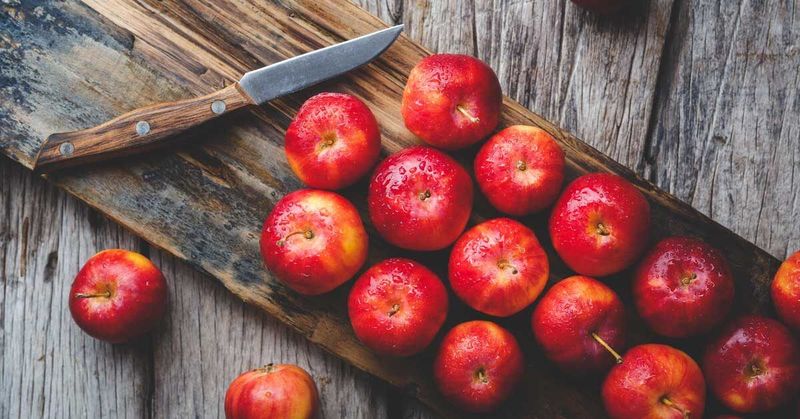
Crunchy, refreshing, and a lunchbox favorite, apples often get mistaken for a top vitamin C source. But most varieties only offer a small amount.
Despite their fiber and antioxidant perks, they won’t boost your C levels much. You’ll need citrus or berries for that.
2. Bananas
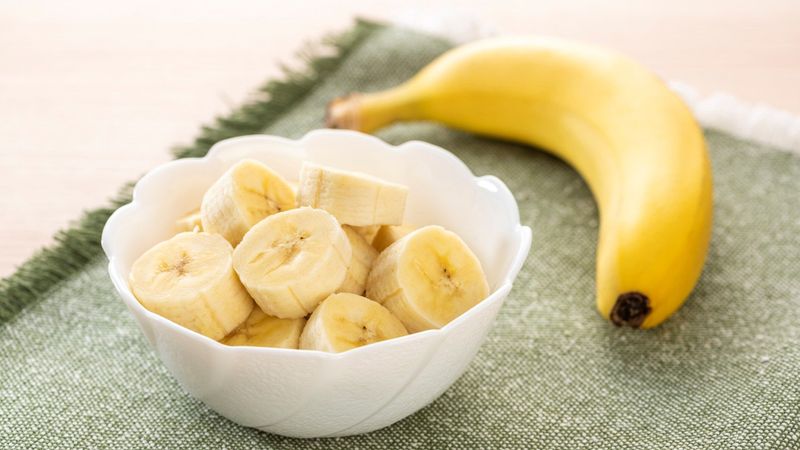
Packed with potassium and natural sugars, bananas are perfect for energy. Still, they fall flat in the vitamin C department.
Even a large banana has less than 15% of your daily needs. Don’t count on one to fight off colds.
3. Carrots
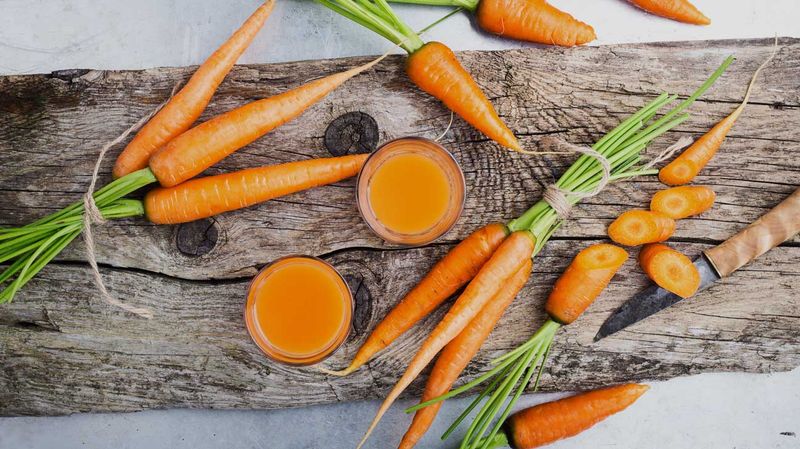
Their bright orange color signals beta-carotene, not vitamin C. Carrots are better for vitamin A than immune support.
Raw or cooked, they only contribute a small C boost. Try bell peppers or kale for a better option.
4. Potatoes
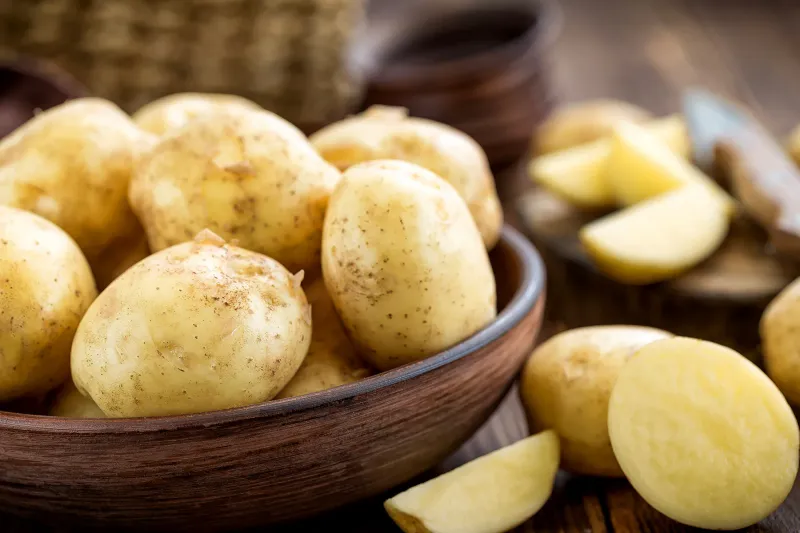
Comforting and filling, potatoes are often underestimated for nutrition. They do contain some vitamin C—especially in the skin.
Still, the amount is minor, and frying or overcooking reduces it further. A baked potato helps more than fries, but not by much.
5. Cucumber
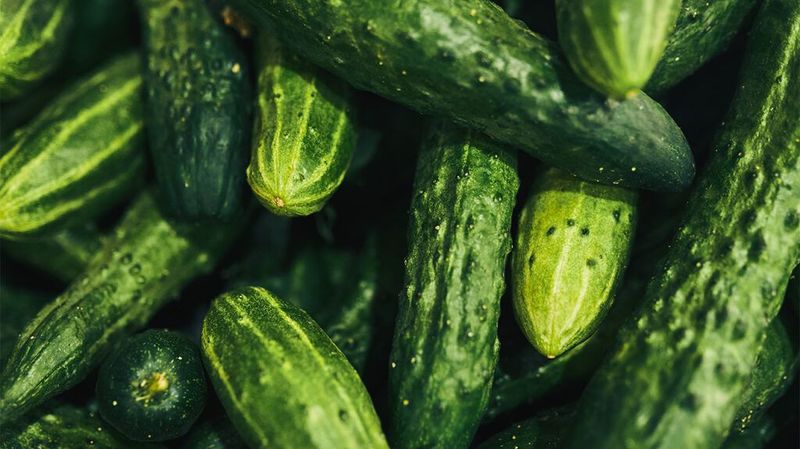
Mostly water and very low in calories, cucumbers bring crunch but not much else nutritionally. They barely register on the vitamin C chart.
Unless you’re eating them by the bushel, they won’t support your immune system. Their hydrating quality is their main appeal.
6. Eggs
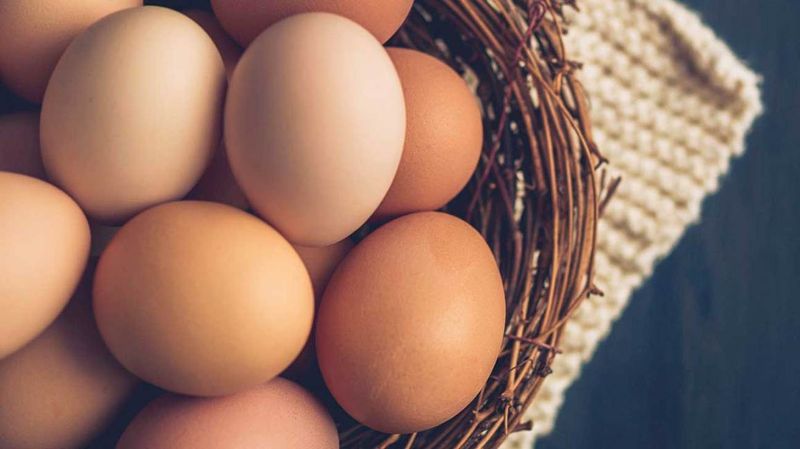
Eggs are rich in protein and healthy fats, but completely lack vitamin C. No amount of yolk will help you meet your quota.
This is why a breakfast of eggs alone isn’t a full package. Add citrus or kiwi on the side for balance.
7. Milk
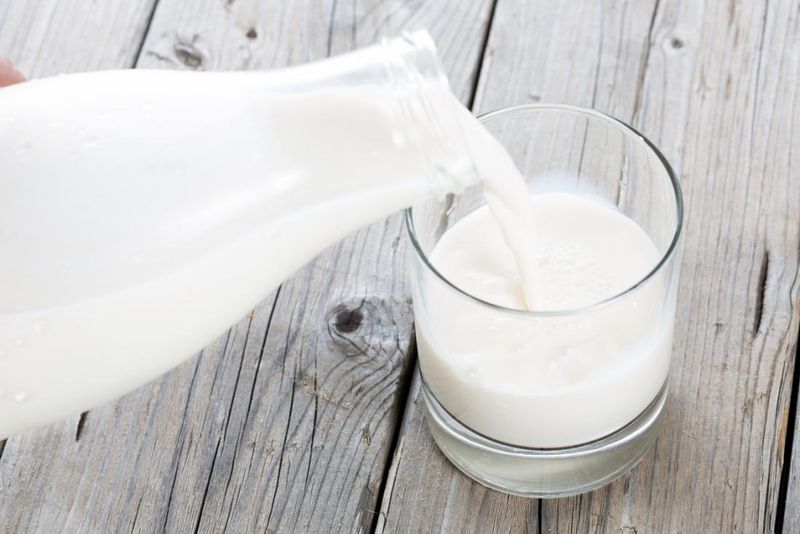
Whether whole or skim, milk is praised for calcium and D—but not for vitamin C. It contains only trace amounts.
Children especially need another source of C in their diets. Pairing milk with fruit helps fill the gap.
8. Peas
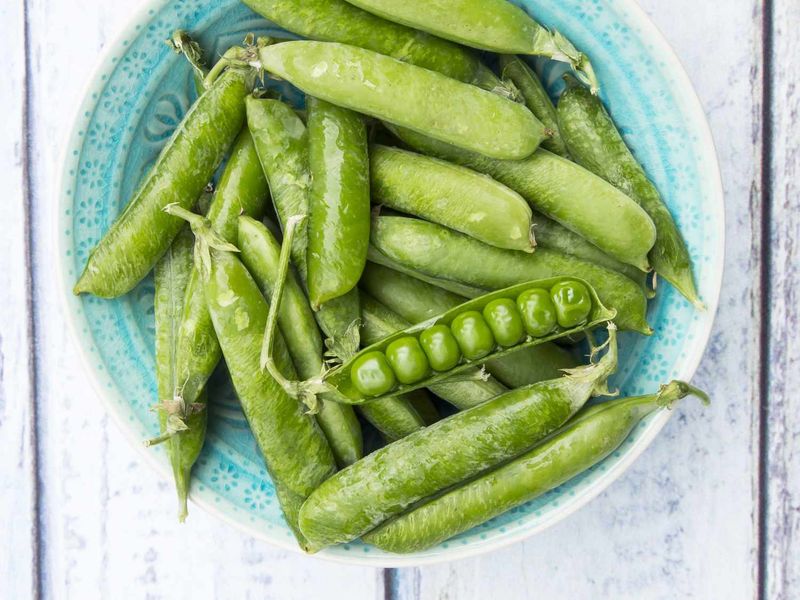
Whether whole or skim, milk is praised for calcium and D—but not for vitamin C. It contains only trace amounts.
Children especially need another source of C in their diets. Pairing milk with fruit helps fill the gap.
9. Watermelon

Juicy and hydrating, watermelon feels like a nutrient goldmine. But its vitamin C levels are lower than expected.
A big slice gives some benefit, but not enough for daily needs. It’s a refreshing treat, not an immune booster.
10. Bread

Whether white, wheat, or rye, bread is not a vitamin C food. Most loaves have none, even if they’re labeled “whole grain.”
Fortified versions may add iron or B vitamins, but C is rarely included. Don’t rely on toast to keep colds away.
11. White Rice
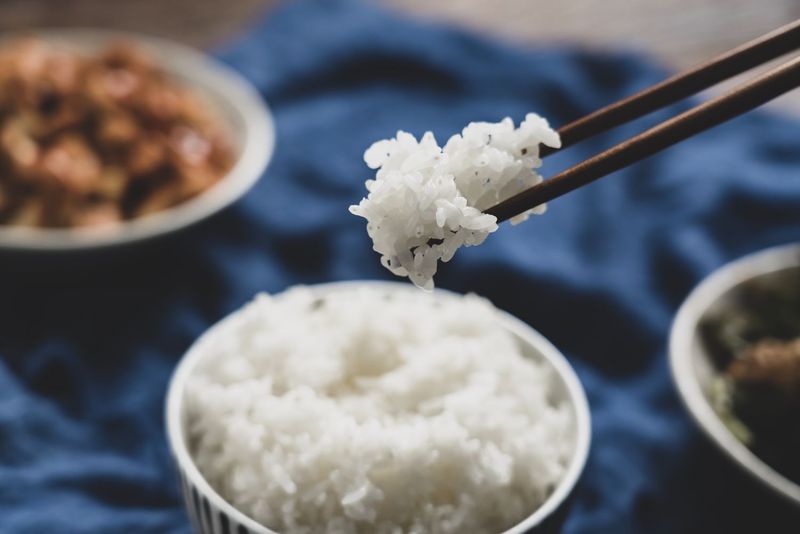
White rice loses many nutrients in processing, including any trace of vitamin C. It’s a filler, not a source of immunity.
Brown rice doesn’t offer much more. Add vegetables or beans to give your rice bowl a real nutritional edge.
12. Cheese
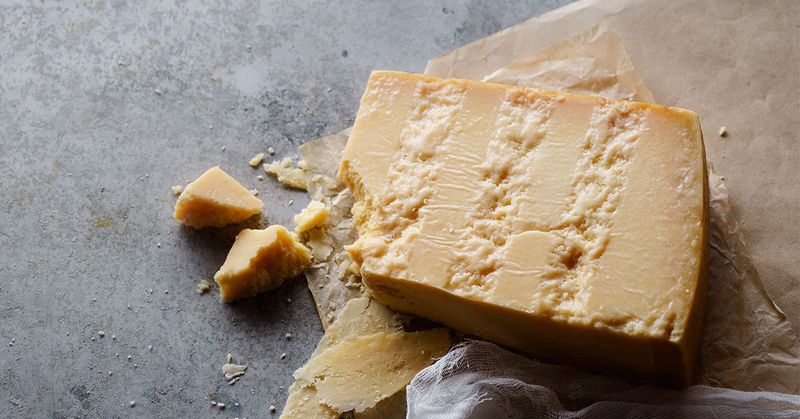
Cheese delivers protein, fat, and calcium—but no vitamin C. Aged or fresh, dairy simply doesn’t contain this vitamin.
Pair it with fruit or raw vegetables to round out your snack. Otherwise, your charcuterie board stays C-deficient.
13. Chicken
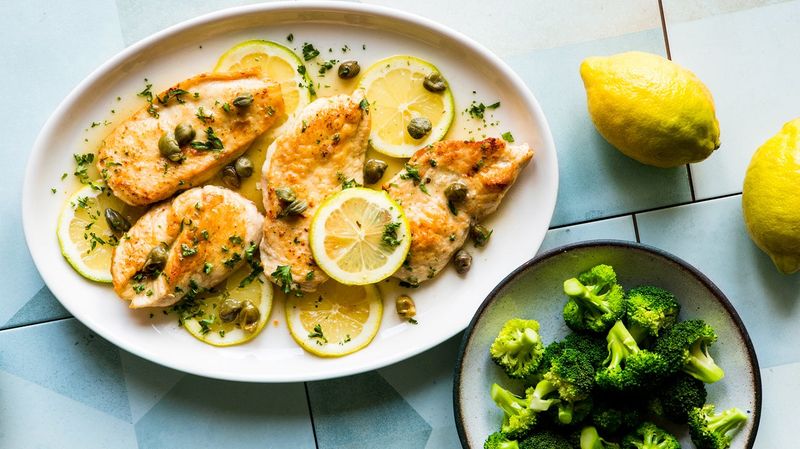
Meaty and satisfying, chicken offers iron and B vitamins, but zero vitamin C. Even the juiciest breast can’t help with that.
This is why meals built entirely around meat lack balance. Add veggies or salad to make it more complete.
14. Olive Oil
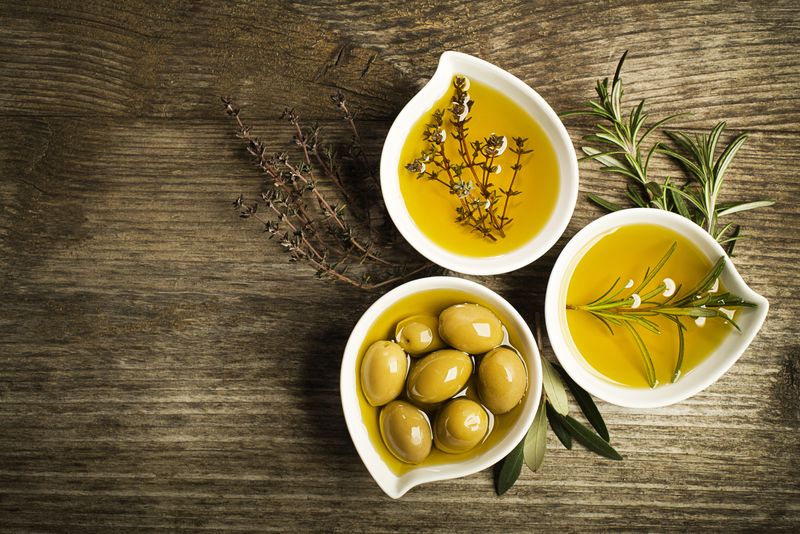
Loved for heart health and flavor, olive oil adds richness to everything. But it brings no vitamin C to the table.
Cold-pressed or cooked, the vitamin C content stays at zero. Use it to carry veggies that do have the vitamin.
15. Butter
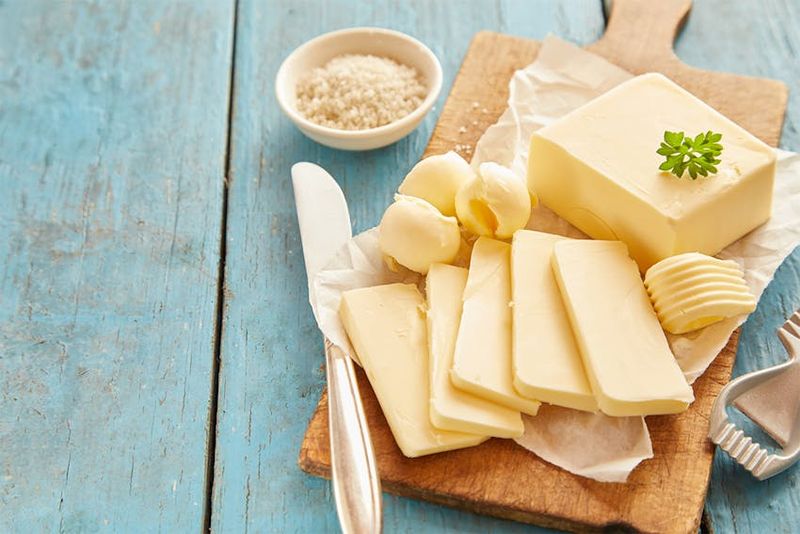
Creamy, salty, and rich, butter elevates countless dishes. Still, it has no vitamin C—even though it’s made from milk.
It’s pure fat, so its nutritional benefits lie elsewhere. Smear it on toast, but don’t expect it to ward off colds.
16. Pasta
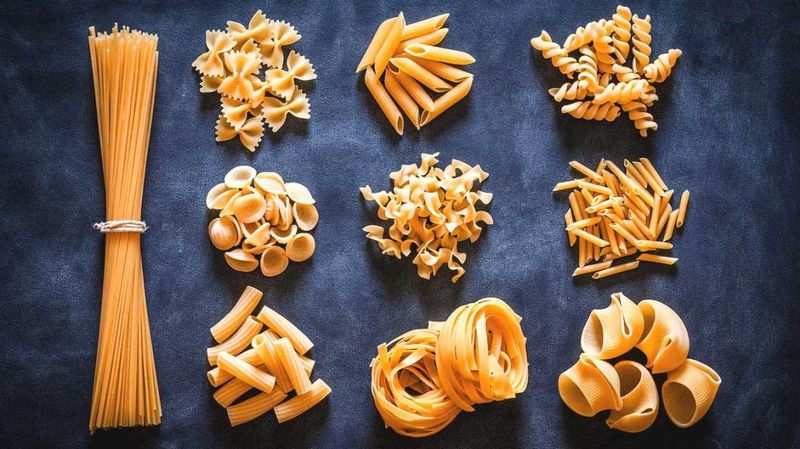
Plain pasta doesn’t offer much in terms of vitamins. It fills you up, but contributes nothing to your vitamin C intake.
Even veggie noodles don’t always contain real vegetables. Add tomato sauce or spinach to give your plate more punch.

